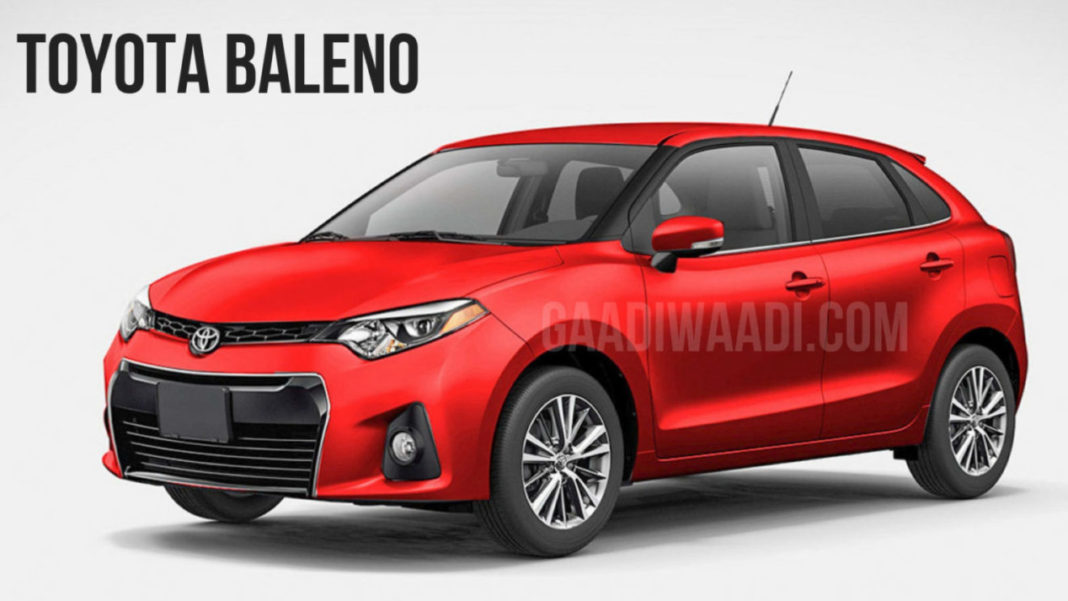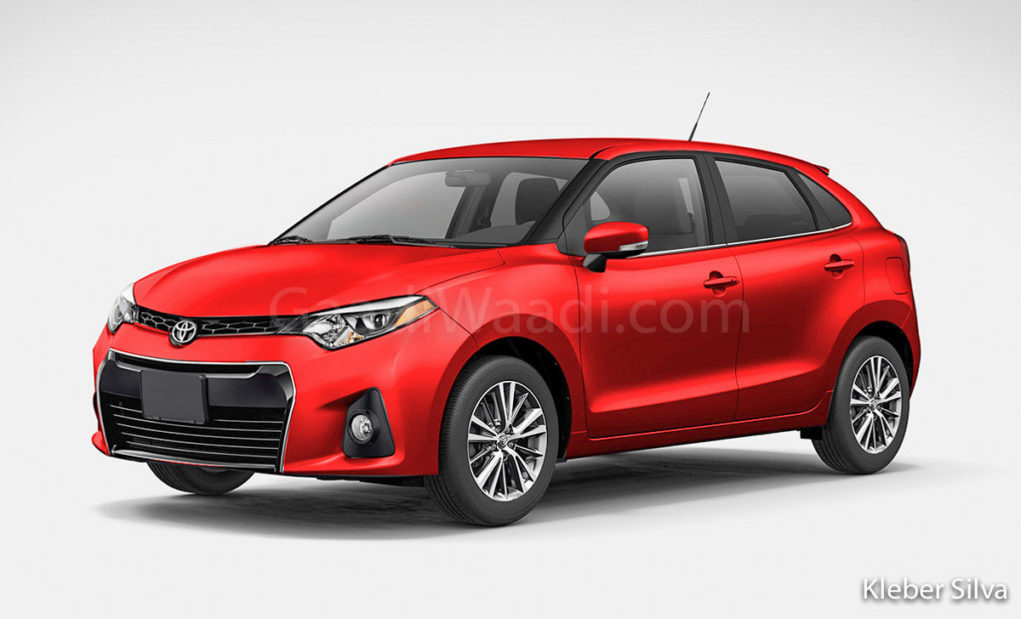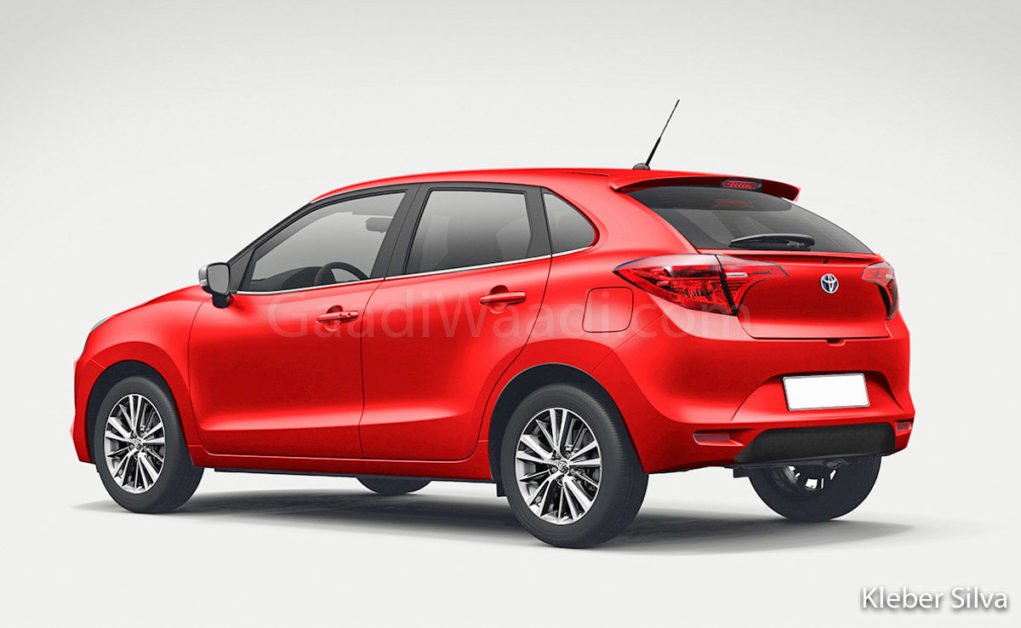
Maruti Suzuki will likely supply 20,000 to 25,000 units of the Baleno to Toyota each year; cross-badged Toyota expected to launch next FY
Suzuki and Toyota had announced their major tie-up in March 2018 with electric mobility and development of new products as part of their core concerns. The immediate impact of the partnership will be felt as early as next year due to the official statement on sharing cars with each other.
As part of the agreement, Suzuki will reportedly be supplying 20,000 to 25,000 units of Baleno to Toyota every year. Baleno, the first cross-badged vehicle shared by Maruti Suzuki will be up on sale at Toyota showrooms by the first quarter of next financial year according to several reports.
Toyota will make necessary changes to bring up a premium appeal on its own to the premium hatchback. Maruti Suzuki currently averages well over 13,000 unit sales of the Baleno each month and the segment has an underlying potential for more manufacturers to make a stand.
Toyota has not been enjoying a great deal of success in the affordable space with Etios twins despite selling big numbers with Innova Crysta and Fortuner. The vehicle sharing for mutual benefits meant Toyota will get access to segment-leading Baleno as well as the best-selling SUV in India, Vitara Brezza.
In return, Toyota will be providing destined units of the Corolla to Maruti Suzuki that is said to be manufactured at the former’s plant in Bidadi – helping in utilising its facility which does not run on full capacity yet. There will be apparent styling and interior tweaks to the Toyota badged Baleno with similar mechanicals.
The engine lineup – 1.2-litre petrol and 1.3-litre diesel – could be tuned for BSVI compliance with standard features like dual front airbags, seatbelt reminder, speed alert system, reversing sensors, speed sensing door locks, ABS with EBD, etc. Based on the same Heartect platform, the visual modifications will likely be in line with global Toyota hatchbacks.
The rendering images posted here will give you some idea of how Toyota’s interpretation of Baleno may look like. The front fascia adorns a family-focussed yet sporty design with a busy bumper featuring round-shaped fog lamps in C-housing and a large air dam with completely revised grille portion.
The side profile remains almost the same as Baleno with multi-spoke alloy wheels and flared wheel arches. The roofline dips down into the rear windshield area and with a spoiler integrated at its edge. Despite maintaining the overall bulky profile as the Baleno, the Toyota cousin has restyled tail lamps and a slightly modified bumper. Pricing is believed to be aggressive from Toyota to have a strong selling case.


